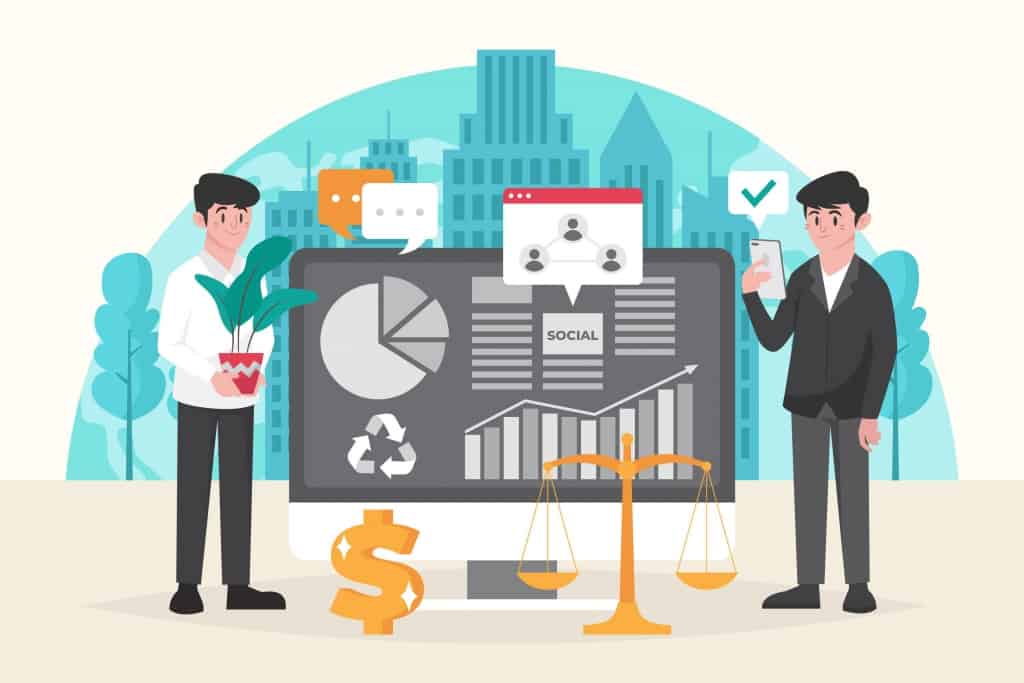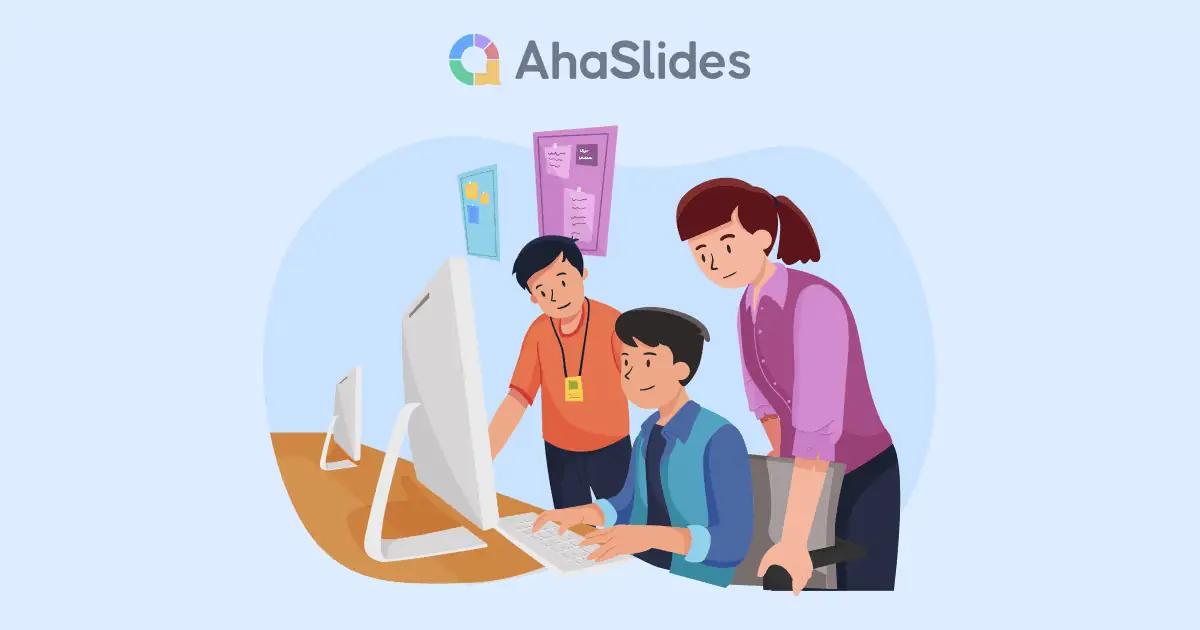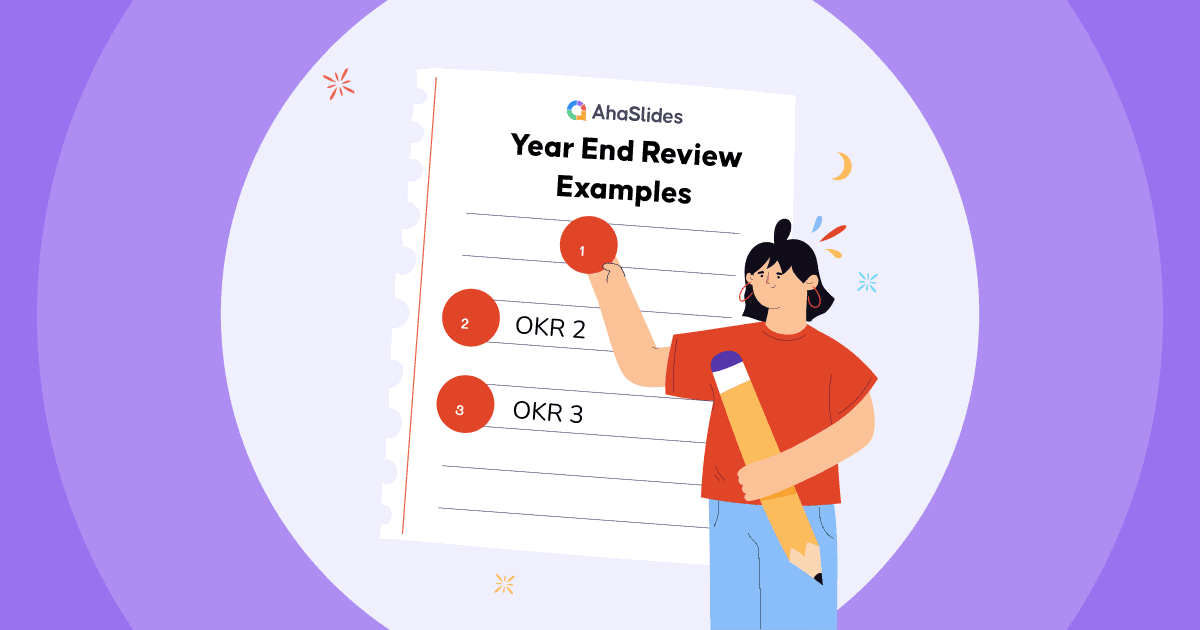Heb je ooit in een situatie gezeten waarin je moest afdingen over de prijs van een auto, een salarisverhoging moest onderhandelen of zelfs met een straatverkoper moest onderhandelen over een souvenir? Zo ja, dan heb je je er wel eens aan schuldig gemaakt. distributieve onderhandelingen, een fundamentele onderhandelingsstrategie die zich richt op het verdelen van een vaste hulpbron.
In deze blogpost onderzoeken we wat distributief onderhandelen is, wat de alledaagse voorbeelden zijn en hoe het verschilt van integratief onderhandelen. We verdiepen ons ook in de essentiële strategieën en tactieken die je kunnen helpen een effectievere onderhandelaar te worden in distributieve scenario's.
Inhoudsopgave
- Wat is distributief onderhandelen?
- Distributieve onderhandelingen versus integratieve onderhandelingen
- Voorbeelden van distributieve onderhandelingen
- Strategie en tactieken van distributieve onderhandelingen
- Key Takeaways
- Veelgestelde vragen

Tips voor een betere betrokkenheid

Op zoek naar meer plezier tijdens bijeenkomsten?
Verzamel je teamleden voor een leuke quiz op AhaSlides. Meld je aan voor een gratis quiz uit de sjablonenbibliotheek van AhaSlides!
🚀 Grijp gratis quiz☁️
Wat is distributief onderhandelen?
Distributief onderhandelen is een onderhandelingsstrategie waarbij twee of meer partijen ernaar streven een vaste of beperkte hulpbron onder elkaar te verdelen. Zie het als een scenario waarin je een pizza in plakjes moet verdelen en iedereen een groter stuk wil. Bij distributief onderhandelen gaat het erom uw deel van de taart te maximaliseren, terwijl u probeert de best mogelijke deal voor uzelf te krijgen.
Simpel gezegd is het een soort touwtrekken over wie wat krijgt. Bij dit soort onderhandelingen spelen vaak tegenstrijdige belangen een rol, waarbij wat de ene partij wint, de andere kan verliezen. Het is een win-verliessituatie, waarbij hoe meer de ene partij wint, hoe minder er overblijft voor de ander.
Distributieve onderhandelingen versus integratieve onderhandelingen
Distributieve onderhandelingen gaat over het claimen van jouw deel, zoals onderhandelen over een prijs op een markt of onderhandelen over een salarisverhoging met je werkgever. Hoe meer jij krijgt, hoe minder de andere partij ontvangt.
Integratief onderhandelen, aan de andere kant lijkt het meer op het uitbreiden van de markt. Stel je voor dat jij en je vriend één pizza hebben, maar dat je ook wat extra toppings hebt, zoals pepperoni, champignons en kaas. In plaats van te vechten om de bestaande pizza, werk je samen om een betere pizza te creëren door toppings naar jouw smaak toe te voegen. Integratief onderhandelen is een win-winaanpak waarbij beide partijen samenwerken om creatieve oplossingen te vinden die de algehele waarde verhogen.
In een notendop gaat distributief onderhandelen dus over het verdelen van een vaste taart, terwijl integratief onderhandelen gaat over het groter maken van de taart door het vinden van wederzijds voordelige oplossingen.

Voorbeelden van distributieve onderhandelingen
Om distributieve onderhandelingen beter te begrijpen, bekijken we een paar voorbeelden uit de praktijk waarin deze onderhandelingsstrategie van pas komt:
#1 – Salarisonderhandeling
Stel je voor dat je tijdens een sollicitatiegesprek je salaris bespreekt met een potentiële werkgever. Je wilt een hoger salaris en de werkgever wil de arbeidskosten beheersen. In deze situatie is er sprake van distributieve onderhandelingen, waarbij jullie beiden concurreren om een vaste resource: het budget van het bedrijf voor jouw functie. Als je succesvol onderhandelt, krijg je een hoger salaris, maar dit kan ten koste gaan van andere secundaire arbeidsvoorwaarden.
#2 – Aankoop van een auto
Wanneer u een auto bij een dealer koopt, zult u waarschijnlijk een distributieve onderhandeling voeren. U wilt de laagst mogelijke prijs, terwijl de verkoper zijn winst wil maximaliseren. De onderhandeling draait om de prijs van de auto, en het vinden van een middenweg waar beide partijen tevreden mee zijn, kan lastig zijn.
#3 – Echtscheidingsregelingen
Wanneer een echtpaar gaat scheiden, kan de verdeling van bezittingen een klassiek voorbeeld zijn van distributieve onderhandelingen. Beide partijen hebben er belang bij om zoveel mogelijk uit de gedeelde bezittingen, zoals onroerend goed, spaargeld en beleggingen, te halen. De onderhandelingen zijn erop gericht deze middelen eerlijk te verdelen, rekening houdend met het wettelijke kader en de belangen van elke echtgenoot.
In elk van deze voorbeelden gaat het bij distributieve onderhandelingen om partijen die ernaar streven hun aandeel in een eindige of beperkte hulpbron te maximaliseren.
Strategie en tactieken van distributieve onderhandelingen

Bij distributieve onderhandelingen, waar de middelen beperkt en competitief zijn, kunnen een goed doordachte strategie en het gebruik van effectieve tactieken het verschil maken in het bereiken van het gewenste resultaat. Laten we dieper ingaan op de belangrijkste strategieën en tactieken die bij dit type onderhandelingen worden gebruikt:
#1 – Veranker uw positie
Het eerste bod dient vaak als ankerpunt en beïnvloedt de richting van de onderhandeling. Als verkoper begin je met een hoge prijs. Als koper begin je met een laag bod. Dit zet de toon en biedt ruimte voor concessies.
#2 – Stel uw reserveringspunt in
Houd je reserveringspunt – het laagste of hoogste acceptabele bod dat je bereid bent te accepteren – voor jezelf. Als je het te vroeg onthult, kan dat de andere partij een voordeel geven omdat ze je grenzen kennen.
#3 – Doe strategische concessies
Als u concessies doet, doe dit dan selectief en strategisch. Geef niet te snel te veel weg. Geleidelijke concessies kunnen een signaal zijn van flexibiliteit terwijl uw positie behouden blijft.
#4 – Gebruik de Flinch
Wanneer u een aanbieding krijgt, neem dan contact op de flinch-tactiek. Reageer met verbazing of bezorgdheid, zodat de andere partij de eerlijkheid van zijn aanbod in twijfel trekt. Dit kan hen ertoe aanzetten hun voorstel te verbeteren.
#5 – Informatie is macht
Verdiep je grondig in het onderwerp en het standpunt van de andere partij. Kennis is een waardevol wapen bij distributieve onderhandelingen. Hoe meer informatie je hebt, hoe beter je bent toegerust om effectief te onderhandelen.
#6 – Creëer deadlines
Tijdsdruk kan een waardevolle tactiek zijn. Als je bijvoorbeeld over een contract onderhandelt, kan het stellen van een deadline voor de afronding van de deal de andere partij ertoe aanzetten om sneller beslissingen te nemen, wat mogelijk in jouw voordeel is.

#7 – Gebruik beperkte autoriteit
Beweer dat je beperkte beslissingsbevoegdheid hebt. Dit kan een krachtige tactiek zijn, omdat het de indruk wekt dat jij niet de uiteindelijke beslisser bent. Het kan de andere partij ertoe aanzetten meer te bieden om goedkeuring te krijgen van iemand met meer gezag.
#8 – Goede agent, slechte agent
Onderhandel je als team? Overweeg dan de 'good cop, bad cop'-aanpak. De ene onderhandelaar neemt een harde houding aan, terwijl de ander meer verzoenend overkomt. Dit kan verwarring creëren en tot concessies aanzetten.
#9 – Loop weg wanneer nodig
Wees bereid om de onderhandeling te staken als duidelijk is dat de andere partij niet bereid is om aan je minimumeisen te voldoen. Soms is de onderhandeling verlaten de meest effectieve tactiek.
Key Takeaways
Distributief onderhandelen is een waardevolle vaardigheid om in je arsenaal te hebben. Of je nu afdingt op een rommelmarkt, een salarisverhoging onderhandelt of een zakelijke deal sluit, begrip van de strategieën en tactieken van distributief onderhandelen kan je helpen het best mogelijke resultaat voor jezelf of je organisatie te behalen.
En vergeet niet dat, of u nu uw onderhandelingsvaardigheden aanscherpt, impactvolle presentaties geeft of verkoopteams traint om te floreren, u rekening moet houden met de mogelijkheden van AhaDia's om uw reis naar succes te ondersteunen. Breng uw inhoud naar een hoger niveau met onze interactieve sjablonen die tegemoetkomen aan verschillende behoeften en industrieën. Je publiek zal je dankbaar zijn.
Veelgestelde Vragen / FAQ
Wat is distributief versus integratief onderhandelen?
Distributieve onderhandelingen: Dit is als het verdelen van een taart. Partijen concurreren om een vaste bron, en wat de een wint, kan de ander verliezen. Het wordt vaak gezien als een win-verliessituatie.
Integratief onderhandelen: Zie dit als het vergroten van de taart. Partijen werken samen om creatieve oplossingen te vinden die de totale waarde van de onderhandelde middelen verhogen. Het is meestal een win-winsituatie.
Is distributief onderhandelen een win-winsituatie?
Distributieve onderhandelingen zijn over het algemeen geen win-winsituatie. Het leidt vaak tot een win-verliessituatie, waarbij de winst van de ene partij het verlies van de andere partij is.
ref: The Economic Times | American Express








